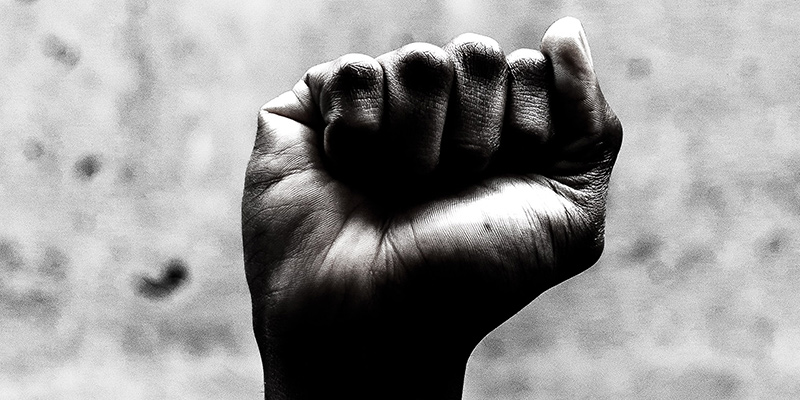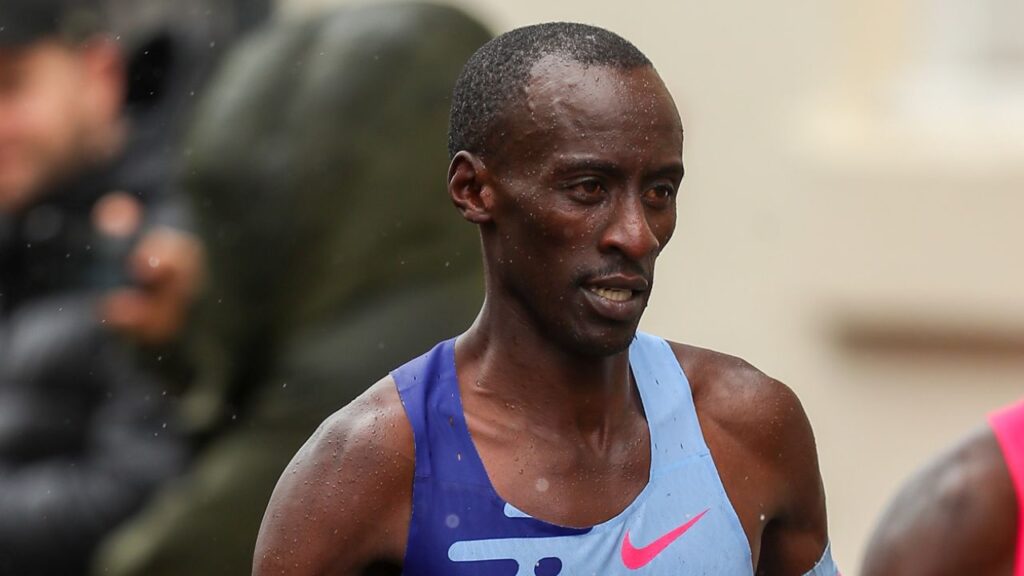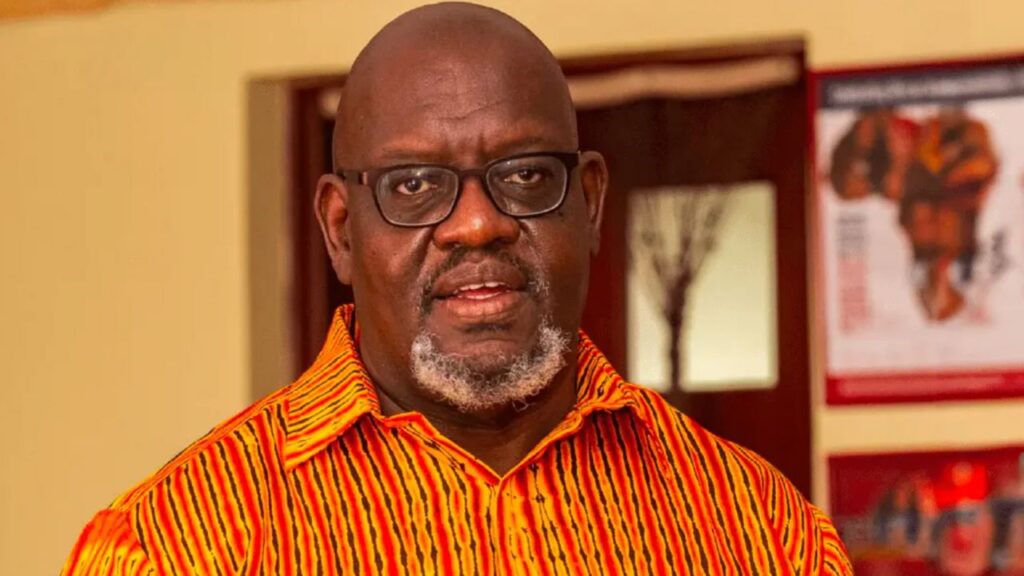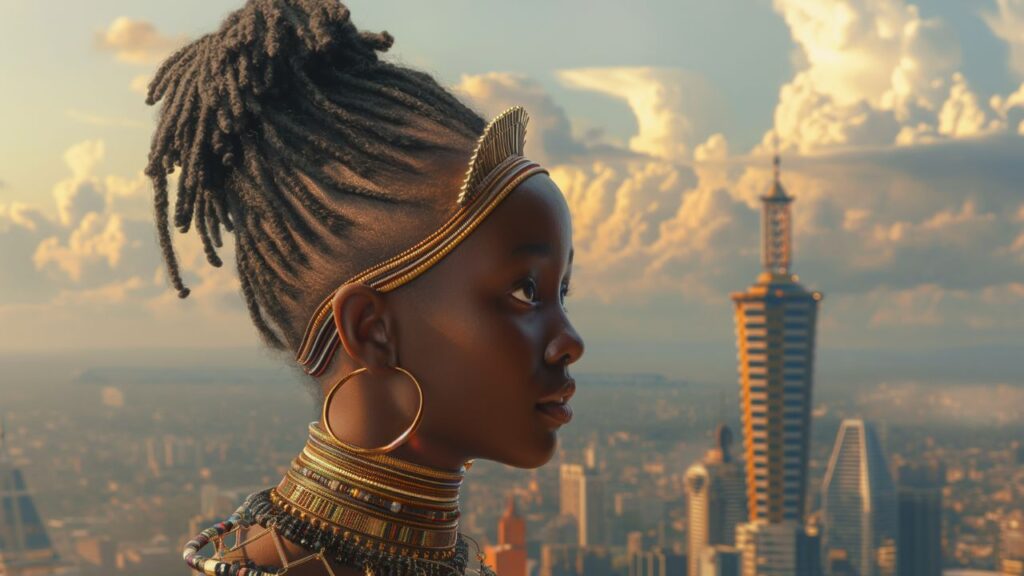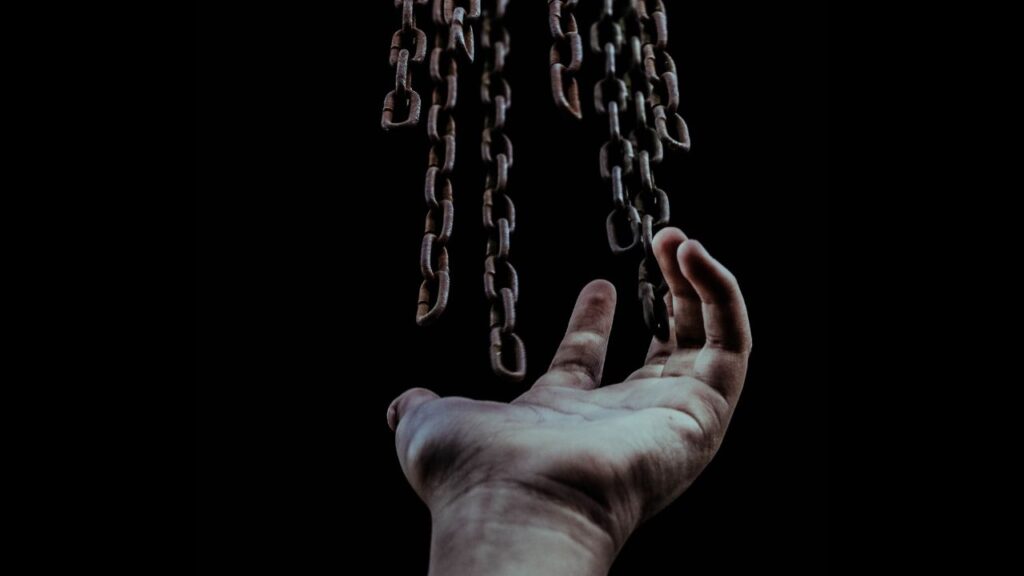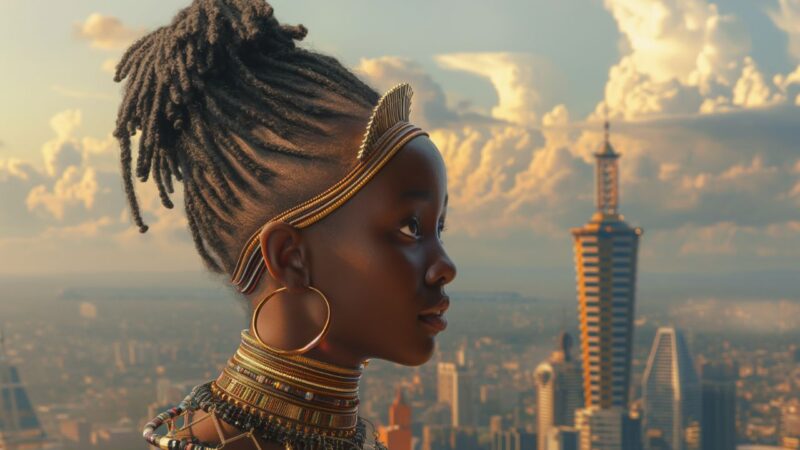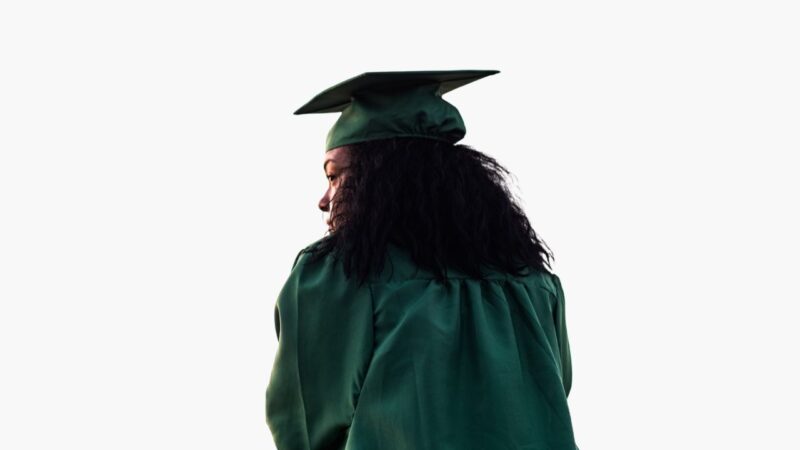Growing up down south in the aftermath of the 1960s Negro Revolution in America was truly the best. During that period, three out of every four Black children in America were born in a two-parent home. By the 80s, that number would drop to one in every four.
Education and opportunity were becoming more accessible to black and brown communities everywhere. It would be the force that would get us out of the hole history had placed us in.
We were moving forward and everybody could feel it, but as much as I liked going to school and learning new things, my favourite memories are of when, after school, I got to spend time with my brothers and cousins. There was just something magical that happened when we were together.
We would meet over at grandma’s house in that part of the city we called the village. The village was a straight, two-block walk from school, down King Street, past the Piggly Wiggly store parking lot and then to the stoplight where you take a right turn onto Rommey Street, and another right on to what looks like a parking lot on the side of the church, and just at the bridge, before you crossed the old train track or you would have missed it, the entrance to the court. Thirty or so homes behind the old Methodist Church on a road invisible from the street laid out in the form of a horseshoe.
I cannot talk about the village without talking about the city and the state. Charleston, South Carolina is a peninsula city located on the South Carolina coastline. It was one of the thirteen original colonies and the very first state to break away from the Union, and one of the founding states of the Confederacy.
The village was a housing initiative following the 1964 Civil Rights Act aimed at breaking the cycle of poverty by moving Black families out of the old housing slums and projects and into new affordable homes.
The difference between the projects in the South and the projects up north is the space and design. In most cases, southern projects were designed to be communal properties, different from the stacked high-rises up north or in the Midwest.
The projects down south were simple properties where people learned to share. They shared the backyard when the sun got too high and the front when people just wanted to be outside and catch a breeze. Everybody knew one another and called each other by name. Family arguments, celebrations and losses spilled into neighbouring apartments causing people to act like one big extended family. And even though everybody was poor, they would have been hard-pressed to admit it. Poverty was a state of mind. The community spirit emphasised generosity and everything was shared. If you were hungry and didn’t have food, you could always ask next door.
Having lived in the projects for decades, my grandparents were one of the very first people to be offered a house in the village. I can remember the move like it was yesterday, everyone was so excited.
The year was 1973, I was eight years old. For the first time Black families in Charleston would have the chance of a normal life.
My grandparents, long into retirement, coupled with our large, extended family of cousins, uncles, aunts and three brothers – two older and one younger – were a great source of pride and joy until I learned that the American egalitarian beliefs which I thought were as perfect a foundation as there could be, were but an illusion, a well thought out scheme. We weren’t freed, we were just moving boxes.
Although everyone got their own private home, some did build fences around theirs but others opted against this, allowing for yards to overlap, creating a more open and vibrant community.
My grandparents had a high chain-linked fence, but there was still this sense of togetherness. When something went wrong in the village, the elders would be the first out to deal with it.
My exploration of the real workings of America would begin from within this village in 1976, the year that America celebrated its 200th anniversary of independence from British rule.
That year, I began to see that the ideals that gave birth to the idea of “We the People,” did not include people like me.
I remember a young militant uncle, oozing Black pride, spilling the beans and pointing out to me that neither he nor I, nor any of the millions of other Blacks had reason to celebrate America’s success.
As my White and Black classmates and a nation prepared for the grand July 4th spectacle that would include a freedom train, a scheduled stop in our city, marching bands, hotdogs, cotton candy and fireworks, I began my own re-education, reading keenly to understand the origins and the construct of the first Americans.
In the 200 years since the Protestant Christians invaded America they’ve enslaved millions, massacred the Indians, and everything we’ve suffered – the chains, the church bombings, our leaders assassinated, brothers lynched – all of it has been part of an elaborate scheme to keep Blacks subjugated.
In June 1740, the British Parliament passed the Naturalization Act of 1740 – the “Plantation Act” – into law.
In this decree, any White European Protestant alien who had been living in any of the thirteen colonies for seven years without being absent from that colony for more than two months, was deemed to be a natural-born citizen of the United Kingdom.
The Plantation Act of 1740 was a direct response to the September 1739 Stono River Slave Rebellion in South Carolina. The Stono Rebellion was the largest slave insurrection in British North America that culminated in the deaths of 25 colonists and about 50 Africans. It was led by an Angolan known as Jemmy and a band of about twenty slaves, who broke into a store, armed themselves and demanded their freedom. They marshalled a group of 60 slaves in an attempt to reach St Augustine in Florida, where the Spanish guaranteed freedom and land to any fugitive slave. The rebellion was crushed at Edisto River, 80 kms away from where the rebellion had started.
The 1740 law criminalised the Black experience itself, restricting the right of free movement, the right to free assembly, and the right to be educated or to earn money. These punitive and discriminatory laws created by men who claimed to be good Christians, legislated the right of plantations owners to even kill rebellious slaves.
Most colonialists considered themselves British until the year 1776 when resentment began to fester among the settlers. Frustrated by taxation and a lack of representation in the British Parliament, these new Americans declared war on their own government demanding independence.
That same year, the British-born political activist, pamphleteer and immigrant to the colonies, Thomas Paine, published a pamphlet titled Common Sense in which he argued the case for a new “America”.
“Europe, and not England, is the parent country of America. This new world hath been the asylum for the persecuted lovers of civil and religious liberty from every part of Europe.”
The American War of Independence was fought from 1776 to 1783. Seven years later, the Naturalization Act of 1790, the first naturalization law of the new republic legislating who could be granted United States citizenship, was passed into law.
All Free White Persons of “good character” who had been residing in the United States for two years or longer could apply for US citizenship. In effect, the law’s use of the phrase, “free white person” excluded blacks and immigrants of other races from being eligible for citizenship, and most importantly, for protection under the laws of the court.
As a child I had drank the Kool-Aid and believed that it was peaceful cooperation between the pilgrims and the native Indians that had established the widely practiced Thanksgiving holiday tradition.
I recall summers spent playing cowboys and Indians with my brothers. We took turns at who got to play the Indian. I felt no shame striking the Indians down with my rifle. They were always the bad guys, raiding the poor settlers’ forts, attacking their caravans. But I was baffled by the contradictions. Why would the Indians save the pilgrims who were dying from the cold and hunger only to try to escape from them later? It just didn’t make much sense.
Then it came to me: the Native Americans were fighting to protect their land. We weren’t playing a game; what we were doing was re-enacting a massacre. Over five million Native Americans were killed before the West was conquered.
Regardless the age at which one arrives at truth and understanding, it is always disorienting and disheartening. I’ve found that whether one accepts it or not, the only thing we can be certain of in this world of uncertainty is change.
I spoke with many people after the first 2020 Presidential Debate between President Trump and the Democratic nominee former Vice President Joe Biden that took place in the midst of heightened racial tensions and the COVID-19 pandemic. I got many mixed views regarding the outcome of the debate; some were shocked by the childish display while others dug in, taking sides and displaying party loyalty like it was a football game. Of the many reactions I got, one zoom call from home with my older brother really got me thinking.
“Can you believe that man?”
My older brother is now 60.
I had noticed him wiping his eyes.
I asked, “What ‘s wrong?”
At first he didn’t (want to) speak, he just kept brushing the tears away, then he began,
“Little brother, we grew up together,” he said.
“We pretty much had the same childhood, but I’ll tell you, I have never had any white person call me a nigger or spit on me like these guys up here in Philadelphia tell me they have. I have had White teachers down south who were some of the nicest people you’d want to meet. But, looking at that debate last night and the President of the United States refusing to denounce white supremacy as racist, I just never, you know, thought White people hated us that much.”
I empathised with him because I knew the pain of sacrifice, service, abandonment, rejection and betrayal.
I joined the US Military at seventeen to prove my allegiance to the ideals that made America great in my mind, but war in a foreign land far away from the ones I loved taught me the truth about service and the value of my life.
My brother and I grew up five years apart in a changing post-civil rights America. We were kids of the Kool-Aid generation, the first of our kind. We had opportunities our parents could only have dreamt of. We were the hope of a brighter future, a brighter America. A post-civil rights America.
In the 1960s, the far right party was a party bent on preserving the privileges of natural-born Whites in America, Jim Crow’s America. However, during the 1960s a new consciousness emerged as young White Americans took to the streets to say that they had seen the attack dogs set on peaceful protesters and wanted a better America. In January 1961, a young President-elect of Irish descent and a wealthy practicing Catholic would become the embodiment of the American dream and challenge the good American Christians to look into their hearts and minds and begin anew to create a better nation where the rights of every American, White and non-White, were protected under the laws of the land.
With a rousing inauguration day speech, JFK inspired Americans to think better of themselves, to think higher of themselves: “Ask not what your country can do for you, but ask what you can do for your country.” He had spoken and the people spoke back. My parents gave me his middle name because they believed life for Blacks in America would be different.
But, in November of 1963, the 46-year-old president, John Fitzgerald Kennedy, was gunned down by a lone gunmen while out in Texas promoting his ideas of equality to the American people.
This is America
My brother was crying because it was hard for him to accept people could be so calculating and one so naive. He, like so many others, wanted badly to believe in a land blessed by God.
I was twelve years old when my big brother left home. He moved up north straight out of high school, where he built a career and retired as a professional chef. He found love, family and set up a home up north. But in the Trump years, the scales fell from his eyes.
“I never had a racist moment down south, not like the kind of racist moments these guys tell me they’ve encountered here in Philly. I mean I just never believed White people hated us that much.”
I knew the anguish, the shock. We Blacks down south don’t complain, we see but at the same time we’ve learnt not to see.
My grandma in the village used to say, “You can’t feed into the darkness. You can’t demand anyone to know what you know, to understand what you understand. People see what they want to see. People come to truth when they come to it and not a second before.”
But what you don’t do is stop living.

